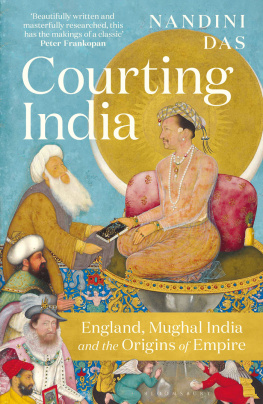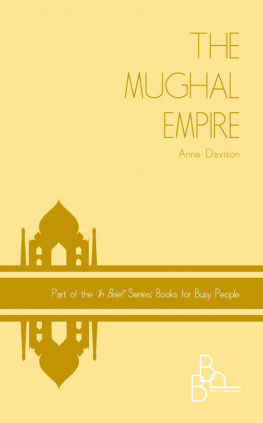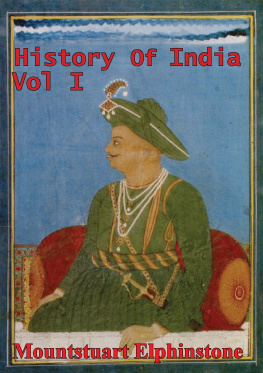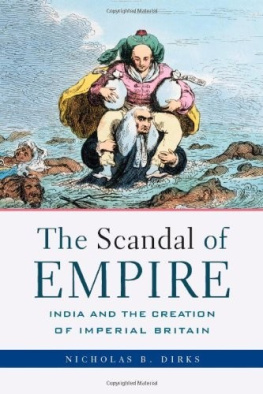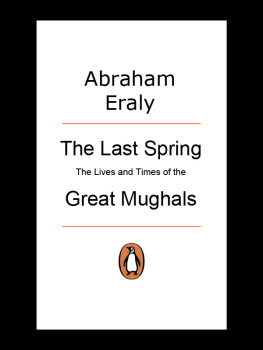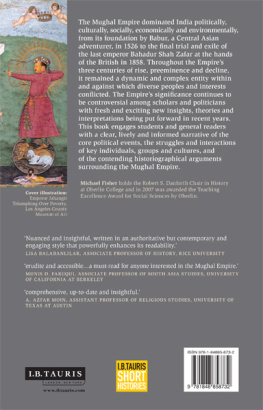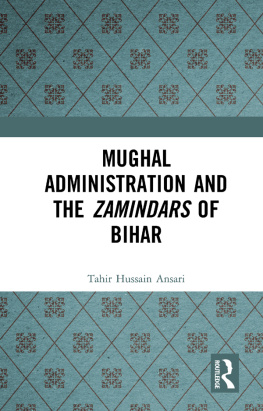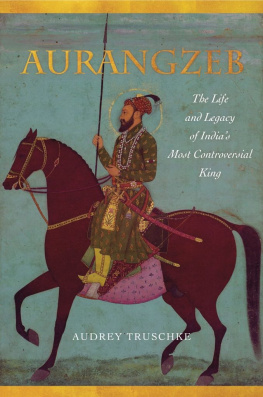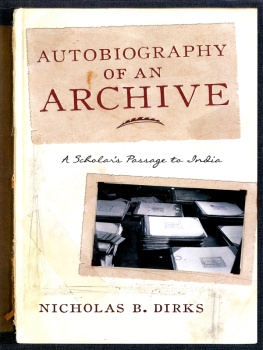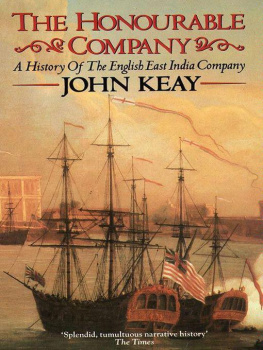
Praise for Courting India
A sparkling gem of a book that sets the arrival of the British in India in a set of wide perspectives that enables fresh insights into South Asia in the early seventeenth century as well as into English and European history
Peter Frankopan
In a dazzling literary tapestry, Courting India frames the 161619 embassy of Sir Thomas Roe to the court of the Mughal emperor Jahangir within a wider global context and an even richer cultural matrix
John Keay
Nandini Dass debut is a marvellous piece of detective work, uncovering the secret machinations and courtly intrigues that shaped the early encounters between two powers
Amanda Foreman
This is a book I wish I had written! It is a glorious read by a talented historian about an important and rather overlooked journey. Marvellous
Suzannah Lipscomb
Fascinating and rigorously researched This book is sensuous and evocative and shows so deftly that the past is more nuanced and richly textured than we sometimes consider it to be
Pragya Agarwal
This well-researched and well-written volume is a work of authority and quality. It is essential reading for the understanding of Britains early encounter with India
Professor Ian Talbot, University of Southampton
A deep history that sets anew global interconnectedness through artefacts, political intrigues and contested court appointments A fine achievement and a great read
Professor Ruby Lal, Emory University
A tour de force of detailed archival research and riveting storytelling
Professor Jonathan Gil Harris, Ashoka University
Nandini Das moves seamlessly between the inner worlds of the courts of seventeenth-century England and India, and with a mastery of both. This important book brings the earliest days of the British empire vividly to life
Dr Yasmin Khan, University of Oxford
Nandini Dass rich, absorbing account of a critical juncture of global history, the Englishman Sir Thomas Roe's embassy to the court of the Mughal emperor Jahangir, charts both a remarkable personal narrative and the prehistory of colonial expansion This is a fascinating story of early modern political and cultural transactions, brilliantly researched and attractively written. It is destined to become the classic treatment of its subject
Professor Supriya Chaudhuri, Jadavpur University
Serves as a rich repository of cultural memories from the beginnings of the colonial encounter memories that have continuing resonance and relevance in our own era as we grapple with the aftermath of empire
Professor Jyotsna G. Singh, Michigan State University
This lucid and imaginatively written book tells us a great deal about the hesitant early days of the first British Empire, as a traditionally inward-looking island nation sought to engage with the wider world. Professor Nandini Das captures the mixture of excitement, prejudice, anxiety, misunderstanding and mutual interest that characterised an encounter that did so much to shape the contours of the modern world
Professor Andrew Hadfield, University of Sussex
Courting India

BLOOMSBURY PUBLISHING
Bloomsbury Publishing Plc
50 Bedford Square, London, WC1B 3DP, UK
29 Earlsfort Terrace, Dublin 2, Ireland
BLOOMSBURY, BLOOMSBURY PUBLISHING and the Diana logo are trademarks of Bloomsbury Publishing Plc
First published in Great Britain, 2023
This electronic edition first published in 2023
Copyright Nandini Das, 2023
Maps Michael Athanson, 2023
Nandini Das has asserted her right under the Copyright, Designs and Patents Act, 1988, to be identified as Author of this work
Translations from Ardhakathanak: A Half Story by Banarsidas Rohini Chowdhury (New Delhi: India Penguin Classics, 2009)
Every reasonable effort has been made to trace copyright holders of material reproduced in this book, but if any have been inadvertently overlooked the publishers would be glad to hear from them
For legal purposes the constitute an extension of this copyright page
All rights reserved. No part of this publication may be reproduced or transmitted in any form or by any means, electronic or mechanical, including photocopying, recording, or any information storage or retrieval system, without prior permission in writing from the publishers
Bloomsbury Publishing Plc does not have any control over, or responsibility for, any third-party websites referred to or in this book. All internet addresses given in this book were correct at the time of going to press. The author and publisher regret any inconvenience caused if addresses have changed or sites have ceased to exist, but can accept no responsibility for any such changes
A catalogue record for this book is available from the British Library
ISBN: HB: 978-1-5266-1564-0; TPB: 978-1-5266-1565-7; EBOOK: 978-1-5266-1567-1;
EPDF: 978-1-5266-4398-8
To find out more about our authors and books visit www.bloomsbury.com and sign up for our newsletters
Contents
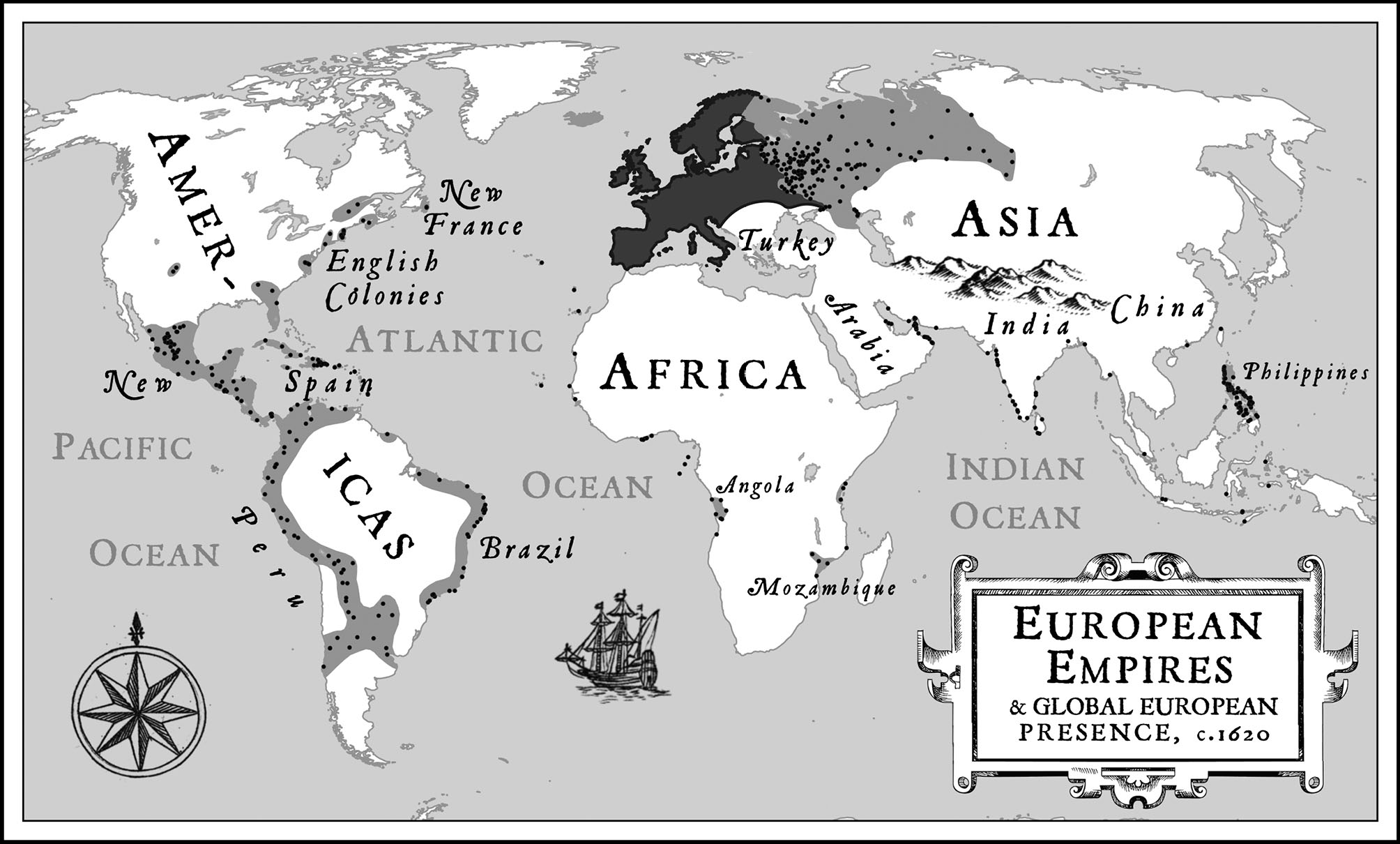
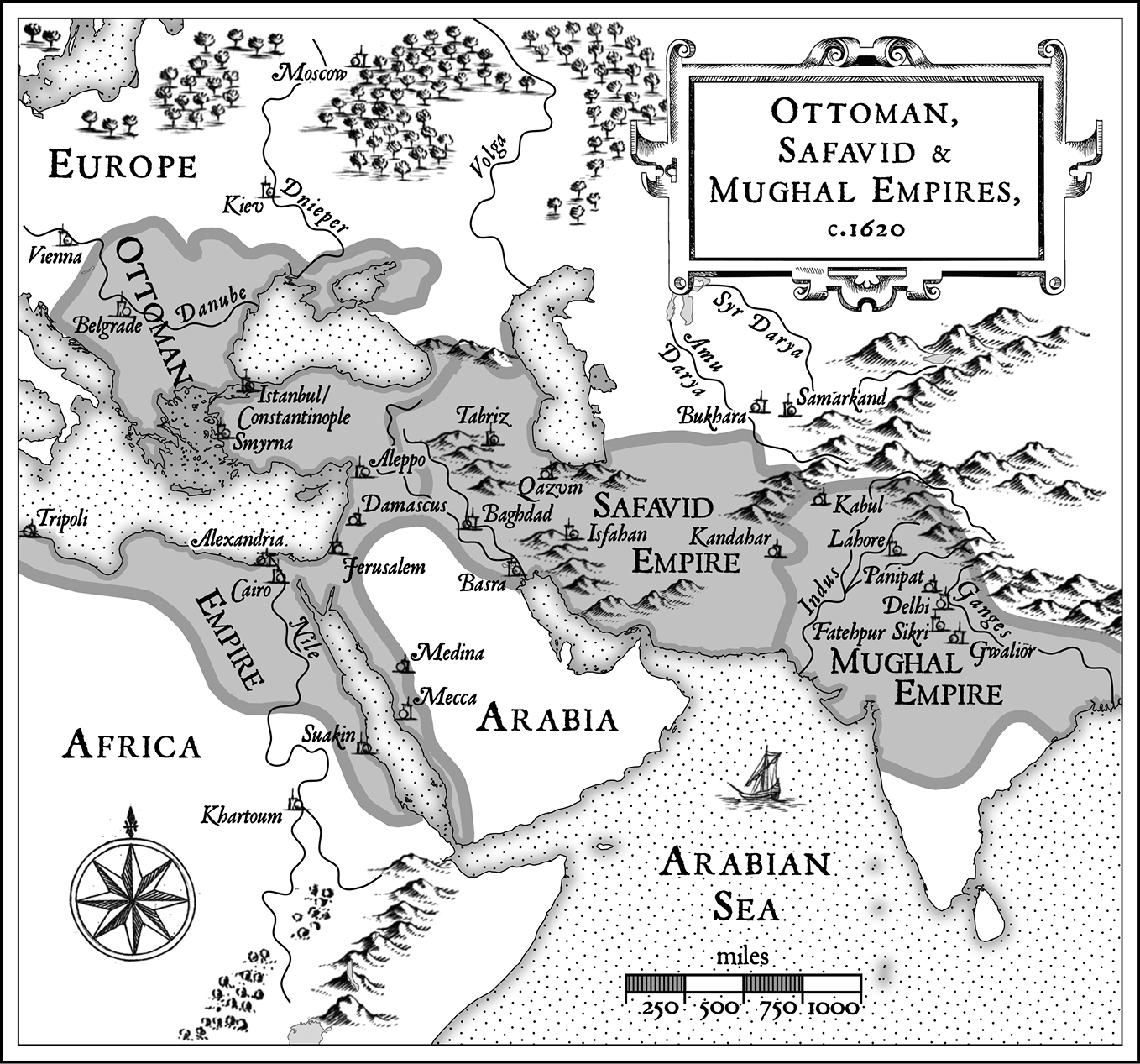
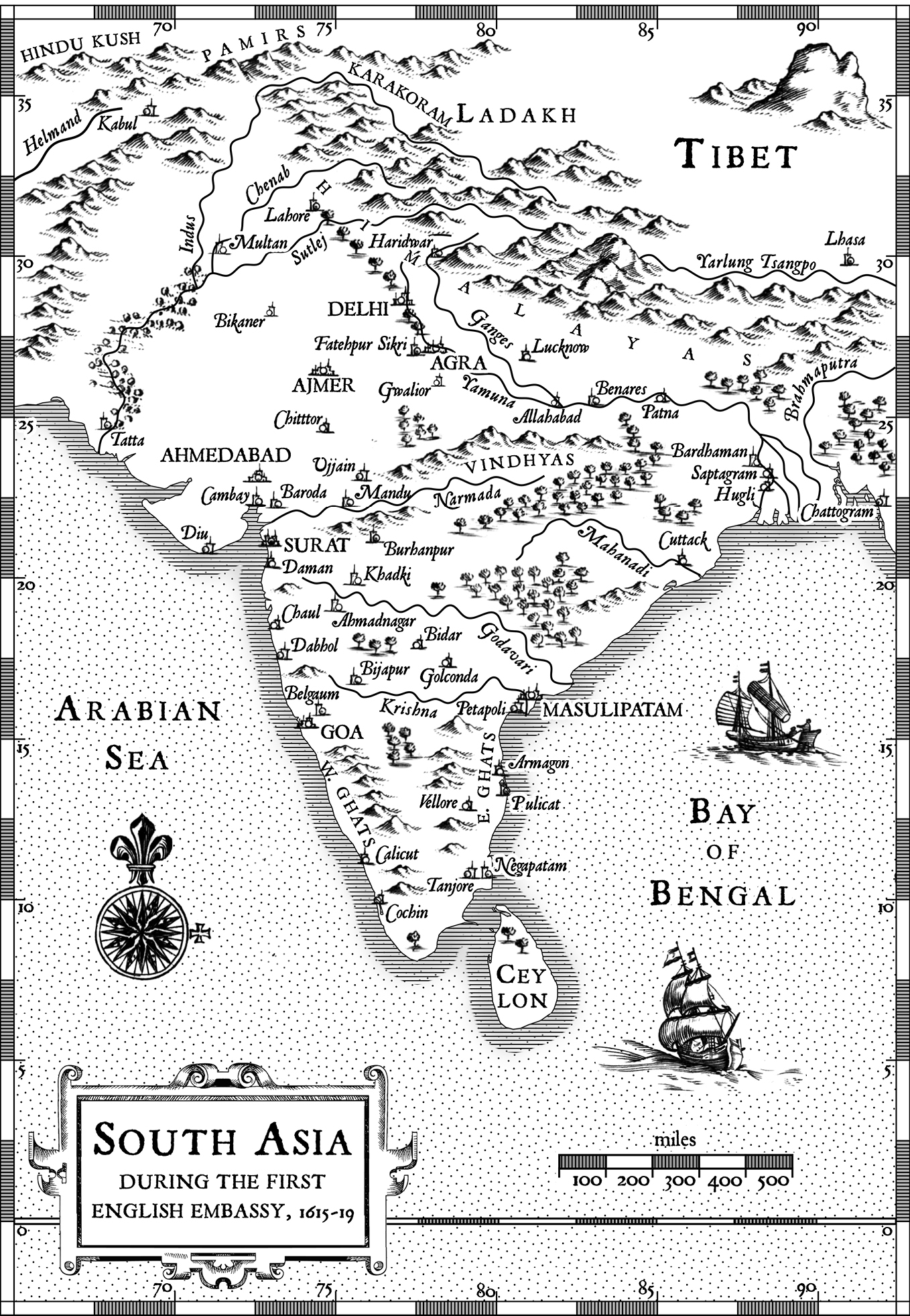
Dates: Although the Gregorian calendar was introduced by Pope Gregory III in 1582, England continued to use the Old Style Julian calendar till 1752. Under the Julian Calendar, the year started on 25 March, Lady Day, rather than the now established New Style start of the year on 1 January. This predictably causes confusion in dating English documents, where January 1614, for instance, is the month that comes after December 1614, i.e., what we would indicate as January 1615. In recording dates, I have followed the practice of indicating both the recorded Old Style year, as well as the actual New Style counterpart. So the example here would be given as January 1614/15.
For the sake of simplicity, dates from the Islamic calendar have been converted to the New Style Gregorian unless a specific year or month is included in a quotation.
Transcription: Retaining original spelling, capitalisation and punctuation in quotations gives us a much richer sense of the texture and flavour of the documents that I have used, particularly since so many of them are letters and journals. Modernising them would also mean erasing the moments where early English transliterations of non-English words tend to be strikingly and revealingly phonetic. However, I have made a few adjustments, expanding contractions, regularising the interchangeable use of i/j, u/v, and replacing the now-obsolete long -s (which looks like an f without the crossbar) with s. I have also modernised the old usage of then for than, and used the familiar modern spelling for all proper names and place names.
Persian and Arabic terms have been standardised using a simplified version of Library of Congress systems. Diacritics have been retained only where they will assist readers in finding works or individuals that have not been translated into English. Izaafeh in Persian is denoted with -i or, while terms in Arabic idhafa retain the al- on the second word. Compound names have been standardised as follows for ease of pronunciation, e.g. Nasir ud-Din. This also helps to highlight the often poetic naming conventions of the Mughal court.
Next page
